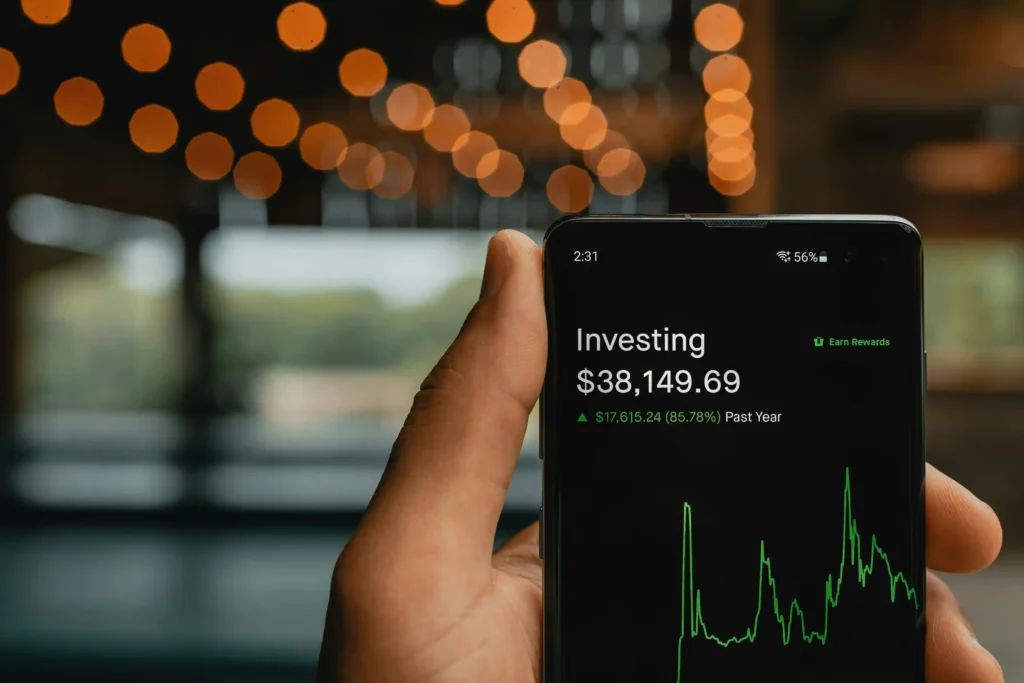
Investing can be one of the most impactful financial decisions you’ll ever make. But without the right knowledge, it can also be risky and costly. Many people, like the speaker’s father in this transcript, entered the stock market late, trusted expensive seminars, or borrowed money without understanding the risks. The result? Painful financial losses.
Today, things have changed. Knowledge is freely available, costs of investing are lower, and communities of investors share their experiences openly. This means you can learn how to start investing responsibly and avoid repeating common mistakes.
Why You Should Manage Your Own Investments
In the past, financial education was scarce. Many depended on advisors who often pushed expensive products like mutual funds with high fees. Today, you can access free resources, podcasts, YouTube videos, and blogs that explain investing clearly.
Unlike in the early 2000s, where high commissions and limited products made investing difficult, we now live in a time of accessible, transparent, and affordable investing.
Lesson 1: Learn from Crises
Financial crises like the 2008 crash or the COVID-19 pandemic can devastate unprepared investors. But they also create opportunities. While many panicked in 2008, younger investors during COVID saw a 30% market drop as a chance to buy stocks at a discount.
👉 The first step in responsible investing is learning not to panic during downturns.
Lesson 2: Knowledge Is Freely Available
You no longer need expensive financial seminars. With platforms like YouTube, blogs, and podcasts, millions of people now learn how the stock market works at no cost. What matters most is applied knowledge — using what you’ve learned, not just consuming content.
Lesson 3: Keep Costs Low
In the past, investors paid high commissions for funds. Today, brokerage fees are almost free, and cost-efficient products like ETFs (Exchange Traded Funds) make diversification simple and cheap. ETFs were designed for professionals, but now anyone can use them to build wealth responsibly.
Lesson 4: Avoid Conflicts of Interest
- Bank advisors only sell the products their banks approve.
- Insurance representatives push policies that benefit their company.
- Mortgage lenders rarely warn you if you’re borrowing too much.
👉 Always ask: “Who benefits from this advice?”
Lesson 5: Beware of “Too Good to Be True” Offers
High-reward, no-risk investments do not exist. Products like “buy now, pay later” credits or gamified trading apps often benefit brokers more than investors. In fact, more than 80% of retail traders lose money when lured into high-frequency trading.
Lesson 6: Start Small and Learn
Don’t wait until you have $5,000 to begin. Even $100 a month invested through ETFs or savings plans can help you learn and build confidence. Mistakes will happen, but starting small reduces risk while building experience.
Lesson 7: Take Control of Your Finances
The most powerful message from this transcript is that you are the best money manager of your life. By starting early, diversifying risk, and applying discipline, you can close pension gaps, beat inflation, and grow wealth sustainably.
Outbound Trusted Source
For further reading, see Investopedia’s Guide to Responsible Investing https://www.investopedia.com/terms/r/responsible-investing.asp.